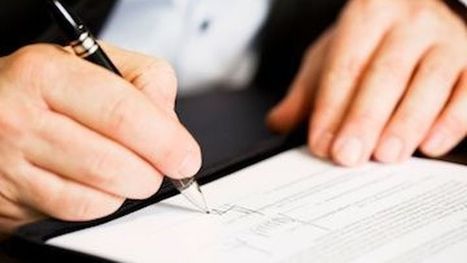Creations of mind are
considered to be as valuable as other forms of property and are termed as
Intellectual Property. These include scientific inventions, literally and
artistic works, symbols and names used in commerce activities, industrial
designs, geographical indicators etc. These intellectual properties can be protected
from infringement. Like rights in the other properties, the owner or creator of
the intellectual property is protected so as to ensure the benefits are reaped
by those who created it.
WHAT
IS PATENT?
A
patent is a form of intellectual property.
It is an exclusive right granted for an invention of a product or a process
that either delivers a new manner of doing something or that offers a new
technique to solve a problem. A Patent grants protection to the patent owner
for a limited period, generally 20 years, from the date of filing of the
application. It excludes others from utilizing the invention without
authorization from the owner. Patent rights are territorial and only protected
in the country where the patent is registered.
WHY
TO GET A PATENT REGISTERED?
·
Patent
is a form of asset and benefits may be reaped out of such intangible assets.
·
Patent
registration provides an edge over the competitors to the owner in the market.
THE PATENT ACT, 1970
In
India, the present Patents Act, 1970 came into force in the year 1972, which amended
and consolidated the existing law relating to patents. It was again amended by
the Patents (Amendment) Act, 2005, wherein product patent was extended to all
fields of technology including chemicals, micro organisms, food and drugs. Upon
the amendment, the provisions relating to Exclusive Marketing Rights (EMRs)
have been repealed along with introduction of a provision for enabling grant of
compulsory license.
Chapter
2 of the Act mentions various provisions of where no patent can be obtained.
Example: Inventions relating to atomic energy, a mere discovery of a scientific principle,
formulation of any abstract theory, arrangement, re-arrangement or duplication
of known devices etc. Before approaching the authority for patent registration,
one must be thorough with the list so as the invention does not fall under the
category of ‘INVENTIONS NOT PATENTABLE’
WHO
IS ENTITLED TO APPLY FOR PATENTS?
According to Section
6 of The Patents Act, 1970, an
application for a patent may be made by
a)
a
person who claims to be the true and first inventor of the invention
b)
another
person acting as assignee of the person as above
c)
person
who is a legal representative of a deceased person who could have filed the
application immediately preceding his death
Such applications can
be made either alone or jointly with any other person.
WHAT
IS THE PROCEDURE OF PATENT REGISTERATION IN INDIA?
If the invention is still in its
stages of development and tests are continuing, a provisional application may
be filled which then blocks the filing dates and gives 12 months to complete
the procedures and file the completed application.For both, provisional and
complete application, due care must be taken so as to include all the details
as minutely as possible. The drafts must be very
thorough to safeguard the interests of the owner of patent in the future.
The details to mentioned in the
specifications include description of the invention along with its operation or
use and the method by which it shall be performed, abstract to provide
technical information to provide the information on invention, also shall
include the best method of performing the invention as known to the applicant
and for which he is entitled to claim protection. It should mention a claim or
claims defining the scope of the invention for which the protection is claimed.
The prescribed format for Application is Form-1 and for specifications is Form-2.
After filing of the
application, a request for examination is to be made for examination of the
application by the Indian Patent Office. The First Examination Report is then
issued and the applicant is given an opportunity rectify all the objections
raised such a report within 12 months of its issuance. If not complied with
within the prescribed period of 12 months, then it is believed that the
application has abandoned the application. If the objections are removed duly
and all the required compliances are met with, the patent is granted and
notified in the Patent Office Journal.
- The payment
may be renewed after 20 years by paying the prescribed fee. If not paid, the
patent registration stands ceased.
- The
restoration of patent may be done upon a request within 18 months of cessation
along with the prescribed fee, which is then notified for further processing.
Original Source- https://swaritadvisors.com/learning/what-is-intellectual-property-and-is-intellectual-property-rights/






